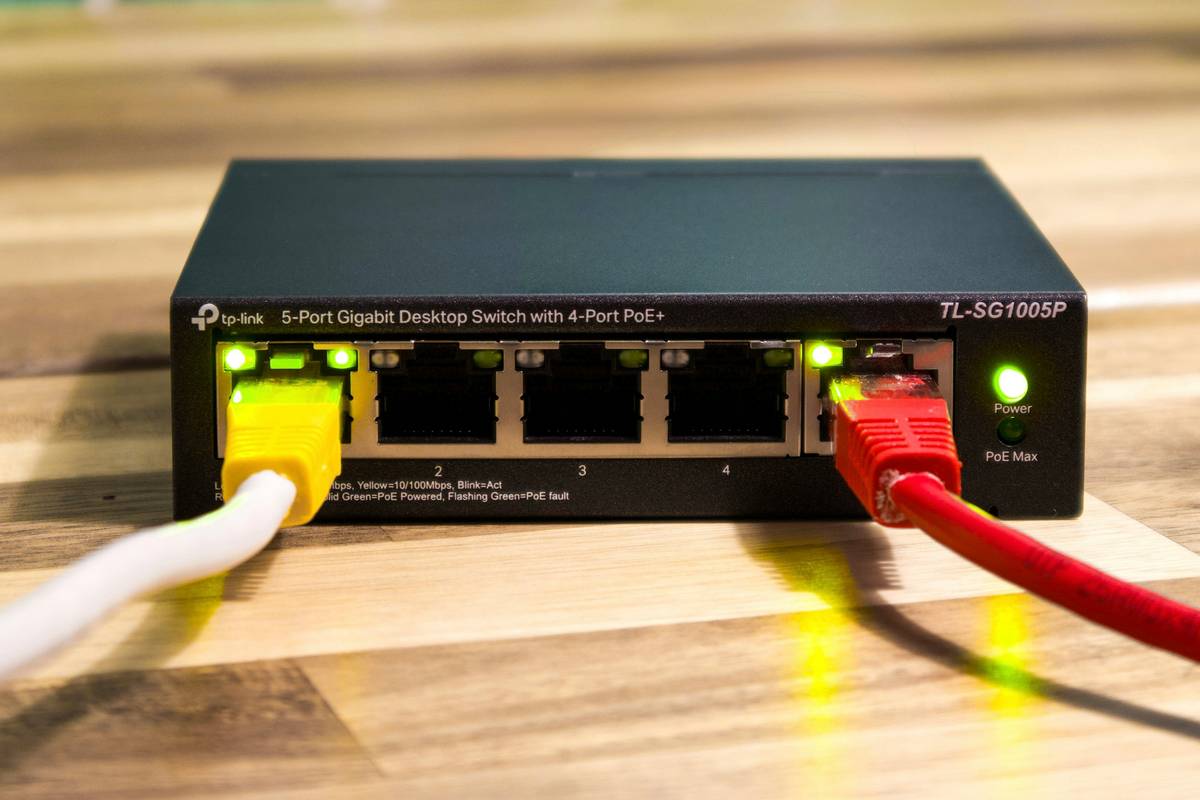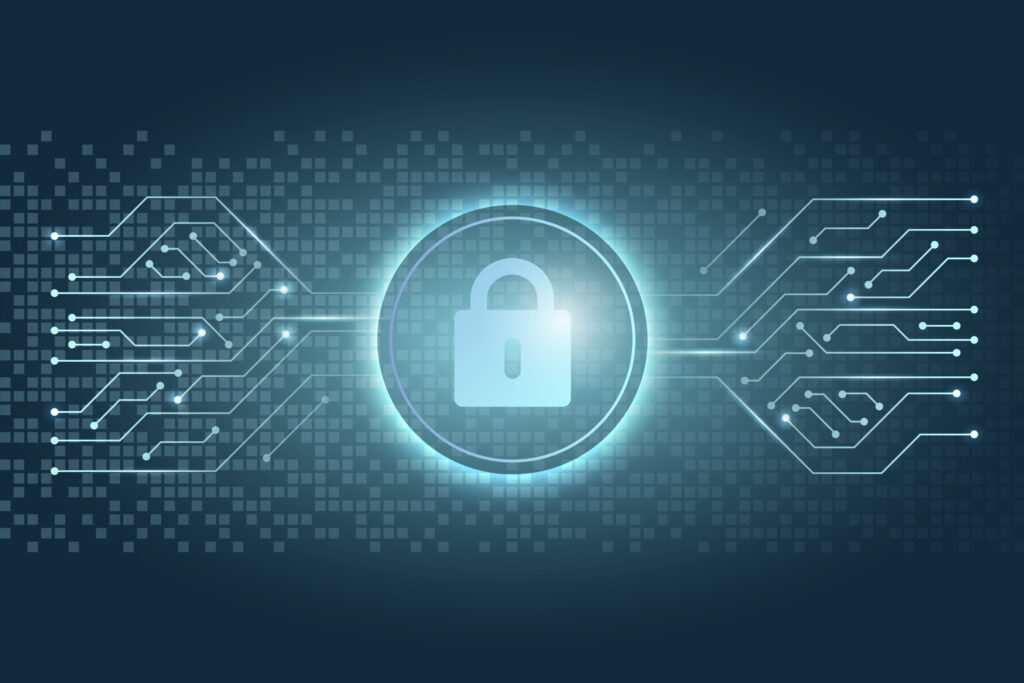Ever stared at your screen after a phishing scam email slipped through defenses, thinking, “How did we not see this coming?” Yeah, us too. In today’s hyper-connected world, cybersecurity challenges are evolving faster than ever—making awareness your first line of defense. But here’s the kicker: even with firewalls and encryption protocols, without strong Cybersecurity situational awareness, you’re still playing catch-up.
This post dives deep into what Cybersecurity situational awareness really means, why it matters more now than ever, and how you can sharpen your skills to stay ahead of threats. By the end, you’ll have actionable strategies, real-world examples, and even some brutal honesty about the pitfalls of getting it wrong.
Table of Contents
- Key Takeaways
- Why Cybersecurity Situational Awareness Matters
- Step-by-Step Guide to Building Awareness
- Tips & Best Practices for Staying Sharp
- Real-World Examples That’ll Blow Your Mind
- FAQs About Cybersecurity Situational Awareness
Key Takeaways
- Cybersecurity situational awareness means understanding threats in real time—not just reacting when they hit.
- It’s not enough to rely on tools; you need people trained to interpret data contextually.
- Small businesses face big risks—over 60% go bankrupt within six months of a cyberattack.
- Regular training, threat modeling, and collaboration across teams are game-changers.
Why Cybersecurity Situational Awareness Matters
I’m going to confess something embarrassing. A few years ago, I ignored an alert because “it didn’t seem urgent.” Spoiler: It was urgent—a ransomware attack encrypted files across our network, costing weeks of recovery time and thousands of dollars. Sound familiar?
The problem? Many organizations focus so much on shiny new tools that they forget the human element. According to IBM’s Cost of a Data Breach Report 2023, companies that lack situational awareness spend an average of $4.45 million per breach. Ouch.

Step-by-Step Guide to Building Awareness
What does it mean to be ‘situationally aware’ in cybersecurity?
Grumpy You: “Isn’t this just jargon for ‘pay attention’?”
Optimist You: “Not quite—it’s about interpreting signals correctly!”
Building Cybersecurity situational awareness involves three core steps:
- Data Collection: Gather info from logs, alerts, and user activity patterns.
- Analyze Context: Match anomalies against known threats using frameworks like MITRE ATT&CK.
- Actionable Decisions: Make quick but informed choices based on insights.
Terrible Tip Alert:
Don’t just collect ALL THE DATA. Seriously, don’t. Overloading yourself will fry your brain faster than trying to debug spaghetti code during crunch time. Focus on relevant sources instead.
Tips & Best Practices for Staying Sharp
You know those days where everything feels chaotic? Here’s how to keep calm and cyber-aware:
- Run Regular Drills: Simulate attacks to test response times without risking actual damage.
- Break Silos Between Teams: IT folks should chat regularly with HR and finance—it’s often non-tech employees who spot oddities first.
- Use Visualization Tools: Like dashboards showing live threat heatmaps. Chef’s kiss for drowning out noise.
- Rant Break: Why does every vendor pitch their solution as “AI-driven magic”? Algorithms won’t replace smart humans anytime soon!
Real-World Examples That’ll Blow Your Mind
Case Study: Remember the Colonial Pipeline hack? It wasn’t a sophisticated attack—the breach happened via stolen credentials. If someone had flagged unusual login behavior earlier, millions could’ve been saved. Whirrrr… sounds like my laptop fan during intense research sessions.
FAQs About Cybersecurity Situational Awareness
Q: Is Cybersecurity situational awareness only for large enterprises?
Nope! Small businesses benefit most since they’re prime targets due to weaker defenses.
Q: Can automation fully replace human judgment?
Automation helps, but contextual understanding requires a human touch. Machines assist; humans decide.
Q: What tools improve situational awareness?
Consider SIEM systems like Splunk or open-source options like ELK Stack for log analysis.
Conclusion
Let’s recap: Strong Cybersecurity situational awareness saves money, prevents disasters, and keeps stakeholders happy. By collecting meaningful data, analyzing context, acting decisively, and avoiding shiny distractions, you can build a robust defense strategy.
Oh, and one last thing:
Beep boop bop Awareness stops drops Hackers cry frollicking.
(That’s haiku-level nostalgia served hot.) Now get out there and protect your digital kingdom!


